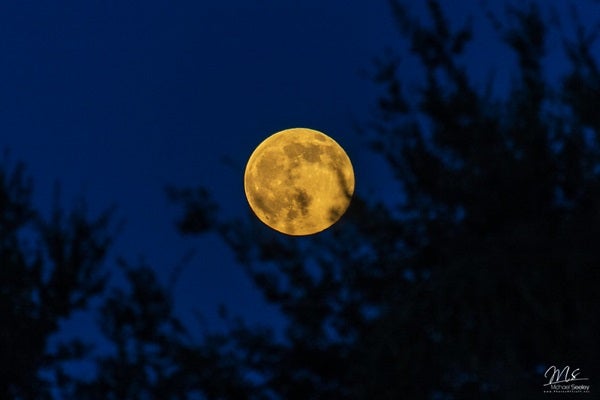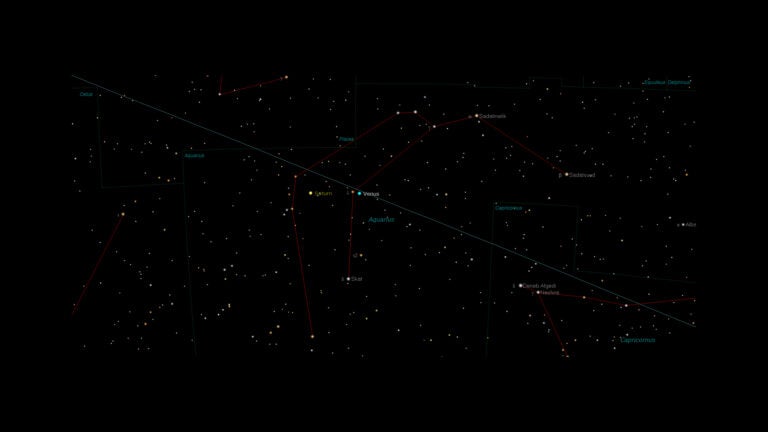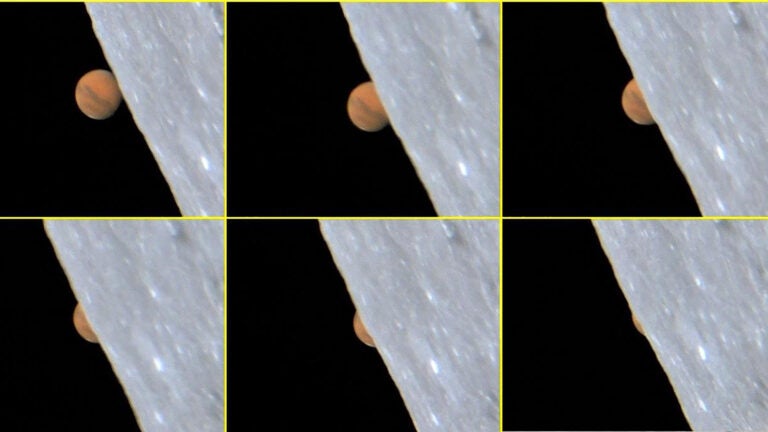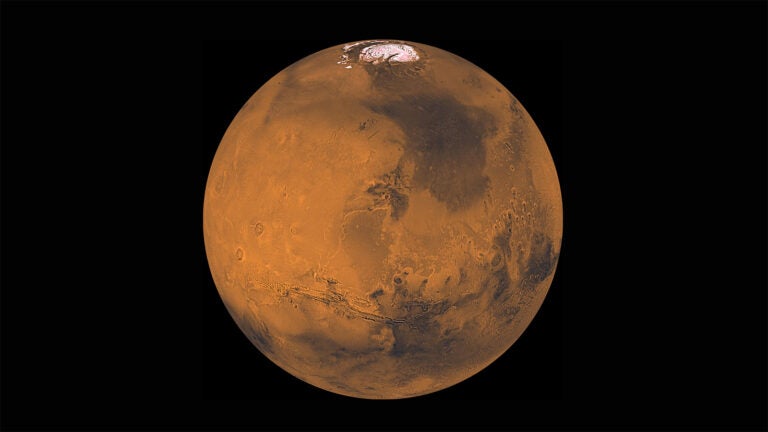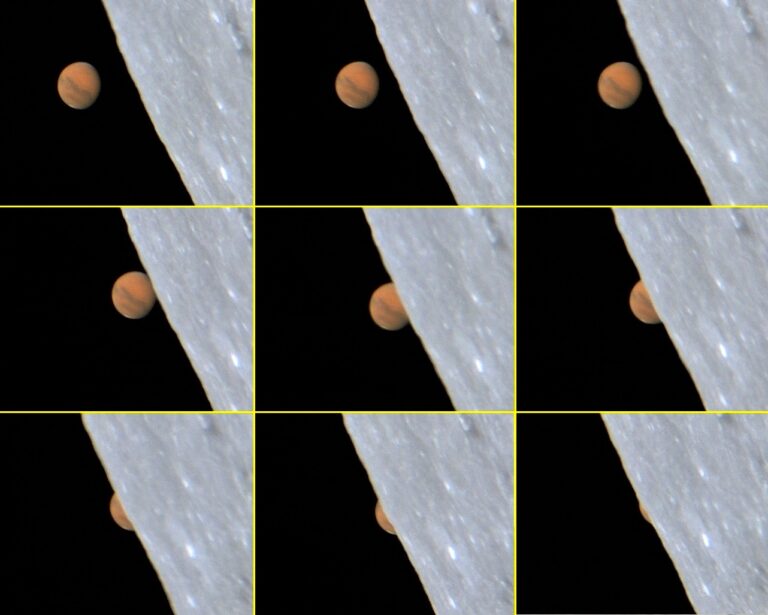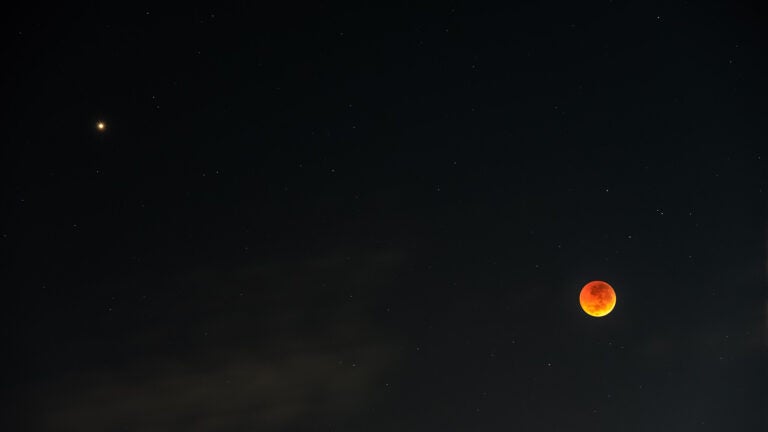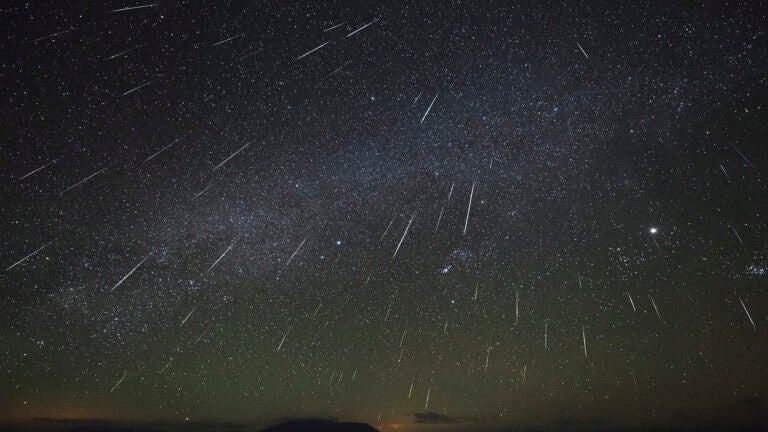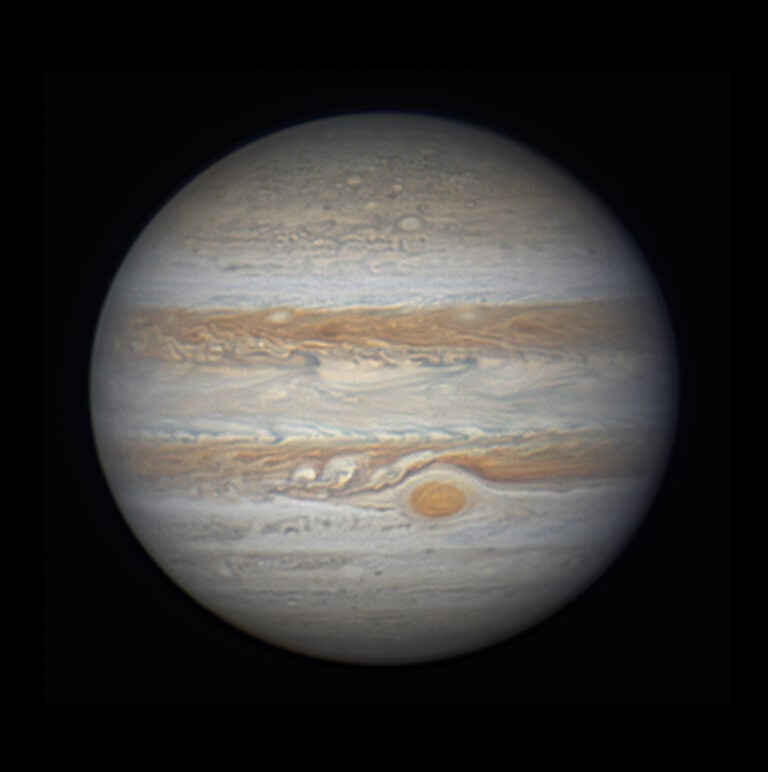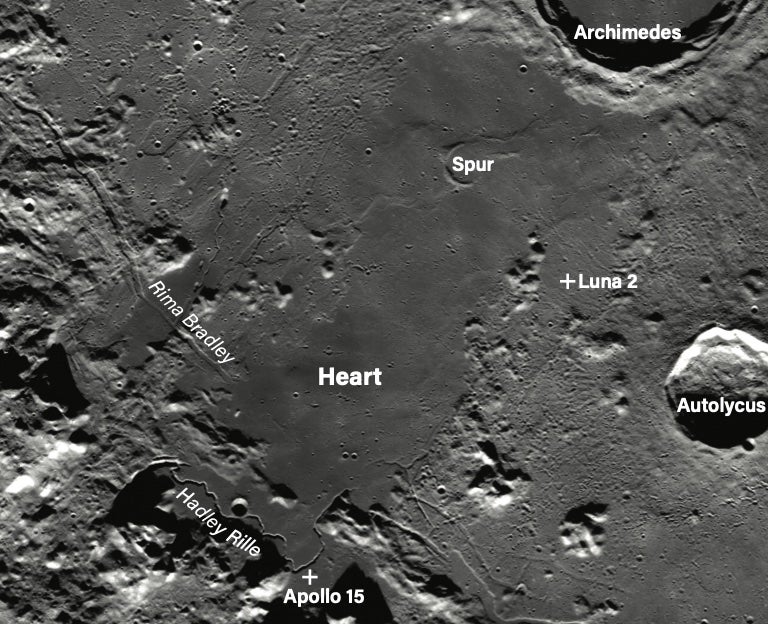
As Valentine’s Day approaches, I thought I’d share with you a lunar phenomenon created by the interplay of light and shadow on the Moon. It’s a delightful pattern of lunar peaks and ridges that, when illuminated in the correct way, looks like a string of beads forming the shape of a heart. Catch it under the right light this month, and you can share the view with the ones you love.
The Heart lies near the Apollo 15 landing site, roughly between crater Archimedes and the Hadley Rille (or Rima Hadley) — so close that astronauts David Scott and James Irwin could have waved to it. From our earthly perspective, one can imagine the Heart as a monument to humanity’s love for exploring the Moon.
I happened upon the Heart on the night of July 13, 2024 — just shy of the 53rd anniversary of Apollo 15’s July 30, 1971, Moon landing. On a whim, I took out my 3-inch Tele Vue refractor and started sweeping the lunar terminator (the curved line separating the illuminated and shadowed sections of the Moon) at 225x. Suddenly, the lovely feature snapped into view, causing my own heart to skip a beat. At the time of observation, the Moon was 48 percent illuminated, or seven days and 19 hours after New Moon at colongitude 359˚.
The Heart encompasses nearly the entire Palus Putredinis region, otherwise known as the not-so-lovely Marsh of Decay, which has an east-west extent of about 110 miles (180 kilometers). It is bounded by several lunar features, including the Archimedes crater to the west, the Hadley-Apennine region to the east, a beach of highland material near the Autolycus crater to the north, and a U-shaped ridge of highland material west of the southern terminus of Hadley Rille.
The Palus Putredinis region itself is quite fascinating. For instance, the Heart’s northwest lobe is formed not by lunar peaks, but by a series of braided wrinkle ridges — volcanic structures formed by tectonic folding, uplift, or compression. At the northern end of these ridges, you’ll find the small crescent-shaped crater Spurr, whose ghostly northern rim has been almost totally submerged in ancient lava flows. Beyond Hadley’s, you can find several other volcanic rille systems (likely lava channels) to the south of the Heart — such as Rima Bradley, which needles the Heart.
On Sept. 13, 1959, the Soviet Luna 2 became the first spacecraft to make contact with another celestial body when it impacted the Moon next to the northern lobe of the Heart. The crash site lies just southwest of Autolycus. Twelve years later, Apollo 15 would touch down about 160 miles (260 km) from it.
The Moon will be 48 percent illuminated about a week before Valentine’s Day, on Feb. 5 at colongitude 353.5˚. The next two occasions will occur on March 7 at a colongitude of 358.5˚ and April 5 at colongitude 351.9˚. If these nights are clear, be sure to turn your scopes to the beaded Heart of Palus Petridinis and see if this random assortment of lunar peaks doesn’t stimulate your imagination. As always, share your experience at sjomeara31@gmail.com.

